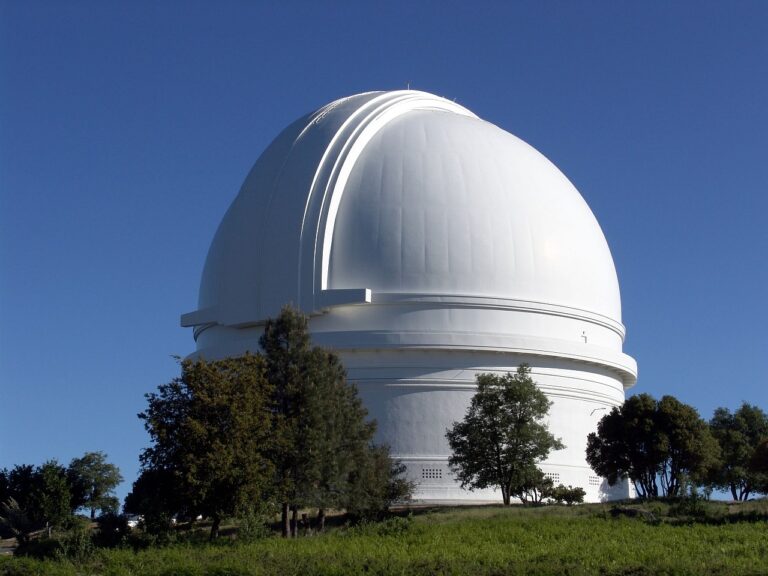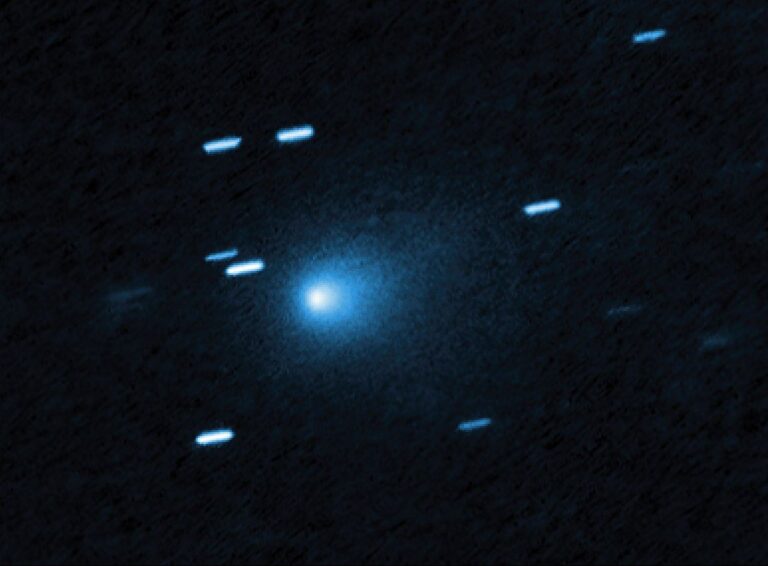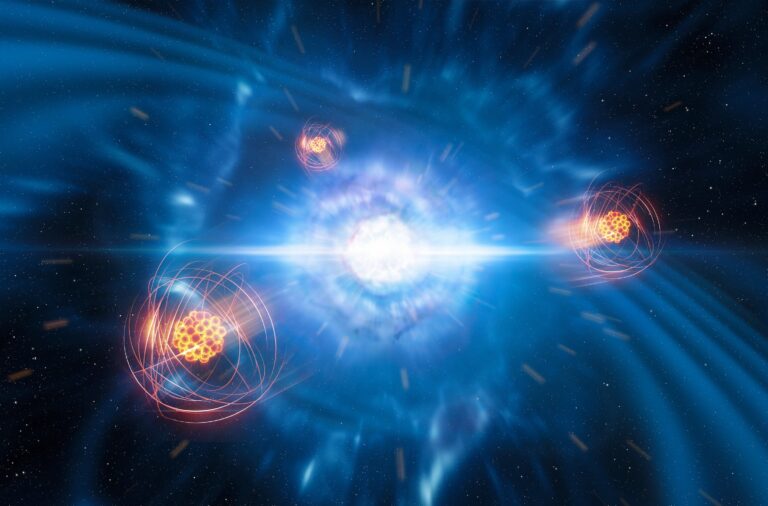Key Takeaways:
Coming less than a year after the announcement of the first circumbinary planet, Kepler-16b, this discovery proves that more than one planet can form and persist in the stressful realm of a binary star. The discovery demonstrates the diversity of planetary systems in our galaxy.
Astronomers detected two planets in the Kepler-47 system, a pair of orbiting stars that eclipse each other every 7.5 days from our vantage point on Earth. One star is similar to the Sun in size, but only 84 percent as bright. The second star is diminutive, measuring only one-third the size of the Sun and less than 1 percent as bright.
The inner planet, Kepler-47b, orbits the pair of stars in less than 50 days. While it cannot be directly viewed, it is thought to be a sweltering world where the destruction of methane in its super-heated atmosphere might lead to a thick haze that could blanket the planet. At three times the radius of Earth, Kepler-47b is the smallest-known transiting circumbinary planet.
The outer planet, Kepler-47c, orbits its host pair every 303 days, placing it in the so-called “habitable zone,” the region in a planetary system where liquid water might exist on the surface of a planet. While not a world hospitable for life, Kepler-47c is thought to be a gaseous giant slightly larger than Neptune where an atmosphere of thick bright water-vapor clouds might exist.
To search for transiting planets, the research team used data from the Kepler space telescope, which measures dips in the brightness of more than 150,000 stars. Additional ground-based spectroscopic observations using telescopes at the McDonald Observatory at the University of Texas at Austin helped characterize the stellar properties.
“The presence of a full-fledged circumbinary planetary system orbiting Kepler-47 is an amazing discovery,” said Greg Laughlin from the University of California, Santa Cruz. “These planets are very difficult to form using the currently accepted paradigm, and I believe that theorists, myself included, will be going back to the drawing board to try to improve our understanding of how planets are assembled in dusty circumbinary disks.”












